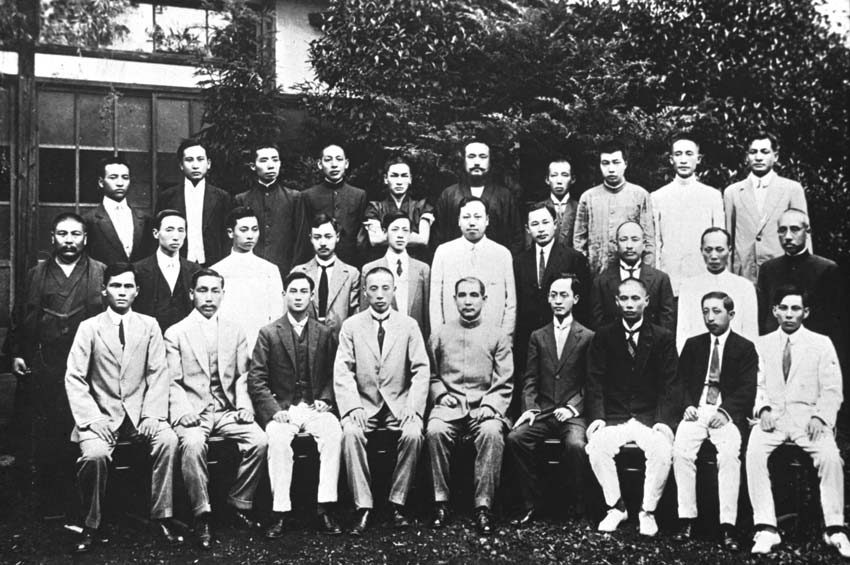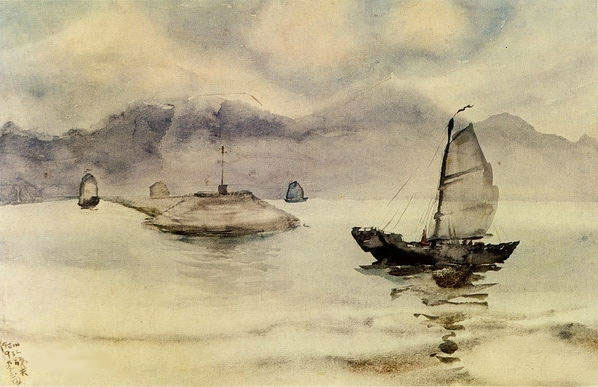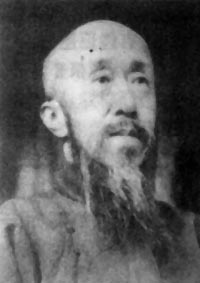Democratic Revolutions in Modern China
3 min readSince the Opium War, Chinese people fought against foreign enemies on the one hand, and on the other hand struggled to overthrow the Qing imperial court and establish a democratic political system.
The Taiping Heavenly Kingdom farmers’ uprising, which broke out in 1851 and lasted 14 years, shook the domination of the Qing Empire. When Hong Renxuan, one of the leaders of the rebel army, directed the regime, he imitated western countriesand proposed A New Treatise on Political Counsel, the first social reform scheme with capitalist features in modern China. The policy advanced the democratic process to some extent in modern China.
Between the 19th and 2oth centuries, national capitalism was in its initial stages, and the national bourgeoisie launched a campaign for democratic revolution.

In 1898, the advocates of reform, led by Kang Youwei and Liang Qichao, persuaded Emperor Guangxu of the Qing Dynasty to carry out comprehensive reform.The reform required the setting up of newspaper offices and translation bureaus,freedom of speech,training a new type of navy,transforming the old imperial examination system,establishing new types of schools,transforming the financial system,and planning the national budget and final settlement.However,the reform lasted only 103 days,as the conservatives,led by Empress Cixi,put an end to the process.
Sun Yat-sen,a pioneer of democratic revolution,established the China Revival Society with more than 20 patriotic overseas Chinese in 1894.The organization was the first bourgeoisie revolutionary group in China.Since then,China began the bourgeoisie democratic revolution.In 1905,the Chinese Revolutionary League wasformally founded,and the revolutionary guiding principle was to“repel foreign invaders,revitalize China,establish a republic and average land,”which was proposed by Sun Yat-sen.He subsequently simplified the guiding principle into the Three People’s Principles,namely nationalism,democracy and the people’s 1ivelihood.

On October 10,1911,the Wuchang Uprising broke out,firing the first shot at the Qing imperial court.In the following months,rebellions flared in allprovinces.The Qing Empire disintegrated.Individual independent provinces negotiated and approved the Organization Outlines of the Provisional Government ofthe Republic of China,confirming that the provisional government had implemented a presidential republic system.
On January 1,1912,Sun Yat-sen was sworn in as the interim President of the Republic of China in Nanjing,marking the founding of the Republic of China.The provisional government in Nanjing promulgated the Provisional Constitution of the Republic of China,stipulating that the sovereignty of the Republic of China belonged to all nationals,and citizens had the right to personal freedom,election,participation in political activities,habitation,free speech,publishing,assembly,communication,and freedom of religion.The provisional government issued decrees to announce that the Republic of China would conduct friendly communications with other countries,be subject to international laws,abolish various taxes,protect national industries,reward overseas Chinese people for domestic investments,advocate moral education for citizens under the tenets of“freedom,equality and affection,”and oppose the old ethical education.
On February 12,1912,Emperor Puyi of the Qing Dynasty announced his abdication,marking the end of the Xinhai Revolution.The revolution had several historical significances,including overthrowing the Qing Empire that ruled China for more than 200years, overturning the autocratic monarchy that lasted for two millenniums, establishing a democratic republic, and achieving a breakthrough in the progress of Chinese political civilization. The revolution put the concept of democracy and republic deep into everyone’s heart, laid an ideological foundation for subsequent bourgeoisie revolution, and paved the way for keeping up with internationaldevelopment trends and realizing the modernization of the Chinese nation’s political system.

After the victory of the October Revolution in Russia in 1917,a number of pioneering Chinese intellectuals began to accept Marxism and Leninism. The May Fourth Movement, aimed at striking against imperialism and feudalism, was also a new cultural movement that disseminated democracy and science. The movement further helped combine Marxism and the Chinese labor movement. The Communist Party of Chinawas founded in Shanghai in 1921, which was a milestone of new democratic revolution led by the proletarian class. The Communist Party of China merged Marxism and Chinese practices and finally accomplished the victories of the Anti-Japanese War, the Liberation War and the new democratic revolution, overcoming many difficulties along the way.
The People’s Republic of China was founded On October 1,1949, which brought the Chinese nation to a brand new historical stage.








